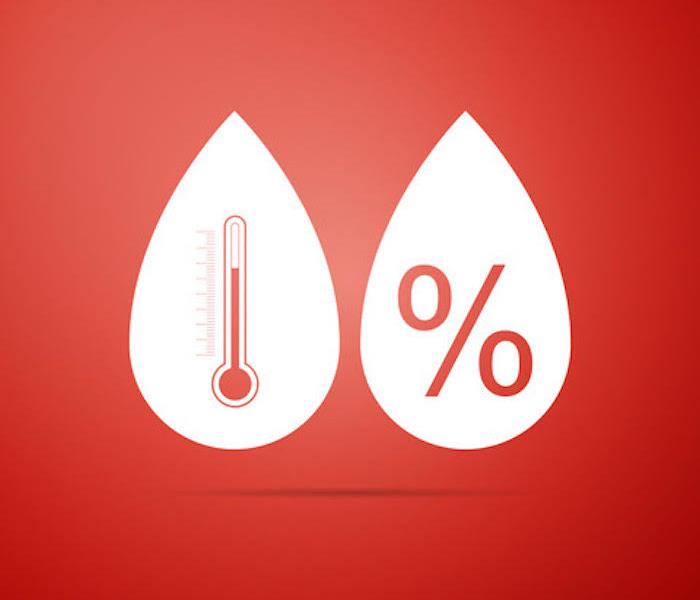Dayton Water Removal Using a Large Arsenal of SERVPRO Equipment Means Fast Results
9/10/2019 (Permalink)
 RH—High Relative Humidity from Water Damage in Your Dayton Home? Just Call SERVPRO for Mitigation and Restoration
RH—High Relative Humidity from Water Damage in Your Dayton Home? Just Call SERVPRO for Mitigation and Restoration
Water Extraction Teams in Dayton Talk About the Different Types of Equipment Used
If you ever suffer from a water leak inside your Dayton home, it is wise to call in a professional restoration company such as SERVPRO. We have the necessary equipment to conduct water removal, whether it is either big or small. If contents inside your home get wet, the relative humidity (RH) level inside your house can increase. Elevated humidity can cause secondary problems, and mold can grow if moisture is not removed promptly.
If organic substances stay wet for more than 48 hours, mold can develop, which can cause health effects for some people. This is why our SERVPRO water removal crews in Dayton always work towards removing moisture as efficiently as possible. Depending on the situation, we can use a combination of different types of specialized industrial equipment.
- Detection Devices
Before we begin any mitigation work, we use a variety of moisture content meters and sensors to identify damp points. We can also use these devices to discover where water entered your structure. Moisture sensors, meters, and infrared camera imaging can also tell us whether your structural components are wet or dry.
- Extraction Equipment
Once we figure out where the water came from and where it has gone, we extract as much as we can while it is still in the liquid phase. We can use a portable extractor or a truck-mounted vacuum system to remove water from your structural components and building materials.
- Carpet Tools
After we remove as much liquid H2O as we can, we sometimes have to remove your carpet or "float" it before we begin drying procedures. We use carpet tools to disengage the carpet and pad from the tack strips and to separate it from their seams if necessary. We then use carpet stretchers and other tools to put your carpet back in place once dried. We attempt to dry in place whenever possible.
- Air Moving Equipment
Air movers and axial fans are used in creating circulation inside a building, thus speeding up the natural drying process. The force of the currents pulls moisture from surfaces into the air.
- Dehumidification Equipment
To prevent secondary damage created by raised relative humidity levels, we can set up dehumidifiers that condense water vapor from the air to help speed up the drying process. These may be desiccant or gel type of mechanical extractors.
- Deodorization Equipment
Sometimes even after your structure gets dried out, mold-like or dampness odors can remain. We can use sprayers, foggers, and other tools to apply a deodorant chemical to your building materials and contents.
If you ever have an unwanted water leak in your Indian Village, Ash Grove, or Wyandot home, call SERVPRO of Lafayette at (765) 420-0077 as soon as you notice a problem.
HERE you are in Dayton.






 24/7 Emergency Service
24/7 Emergency Service